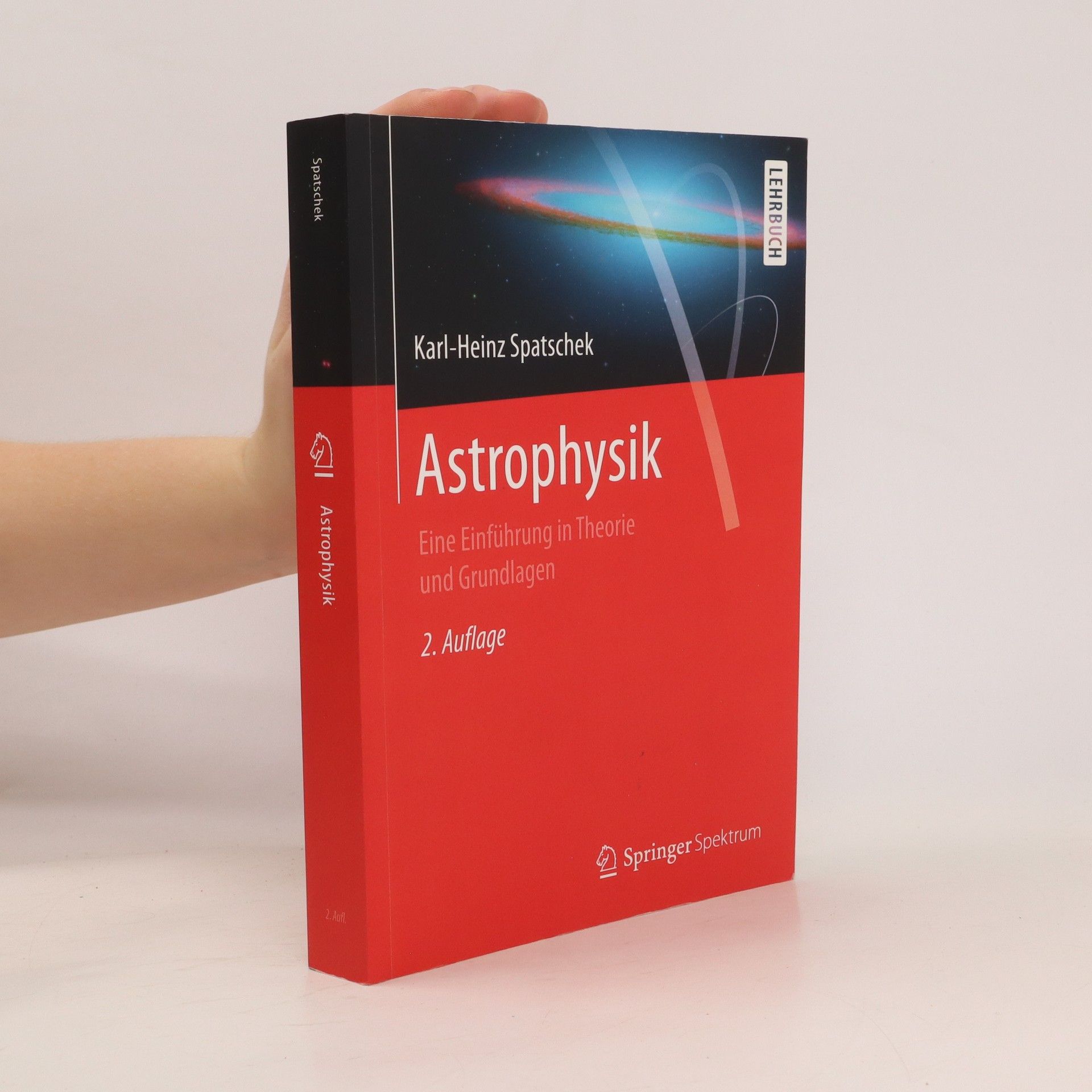Astrophysics
An Introduction to Theory and Basics
This textbook offers a comprehensible introduction to the physical fundamentals of the processes in our universe. The first chapters cover the observational possibilities of astrophysical quantities, cosmic rays, star formation and evolution, and galaxy formation and modeling. Subsequently, the basics of general relativity and different phenomena such as gravitational waves and black holes are covered. The book concludes with an introduction to cosmology: In addition to traditional homogeneous approaches, inhomogeneous cosmology in particular is given a broader scope in this new edition. Current inflationary models are presented. The book is intended for students of physics at the undergraduate, bachelor, and master levels, but it also offers a readable and easy-to-understand introduction for people with a basic knowledge of mathematics and physics who are interested in the natural sciences. Contents Some important physical basics - observational possibilities - cosmic rays - stellar structure and stellar evolution - final stages of burning stars - galaxies - Newtonian cosmology - computational rules of ART - ART effects - relativistic stars and stellar dynamics - homogeneous cosmology - observations and interpretation approaches - inflation - inhomogeneous cosmology

